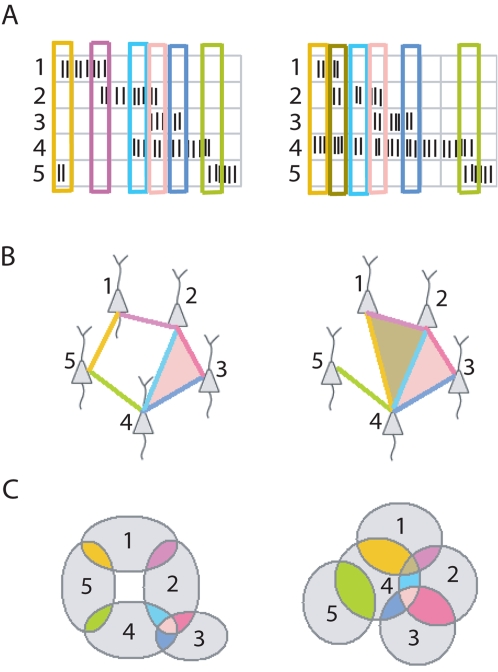Figure 1. Collection of cell groups uniquely determines the topology of the environment.
(A) Sample rasters for the population activity of five place cells in two different environments. Cell groups are obtained by identifying subsets of cells that co-fire within a coarse time window (colored rectangles). (B) Two examples of five-cell configurations (simplicial complexes) depicting collections of cell groups obtained from the sample rasters in (A). An edge represents a cell group with two cells and a shaded triangle indicates a cell group with three cells; colors correspond to cell groups in (A). (C) Cells that co-fire have overlapping place fields. Each cell group in (A), (B) corresponds to a particular intersection of place fields, denoted with matching color. The place field intersection pattern fully determines the topology of a space covered by convex place fields. The first configuration in (B) forces an arrangement of place fields with a hole in the middle (left); the second forces a space with no holes (right).

